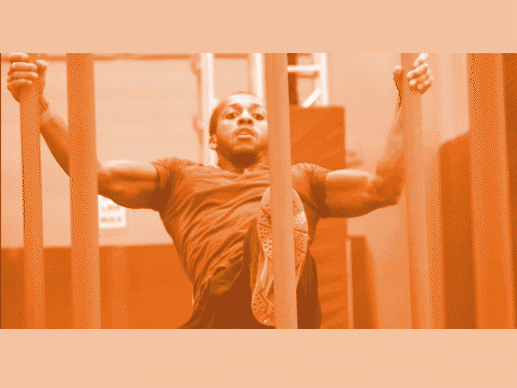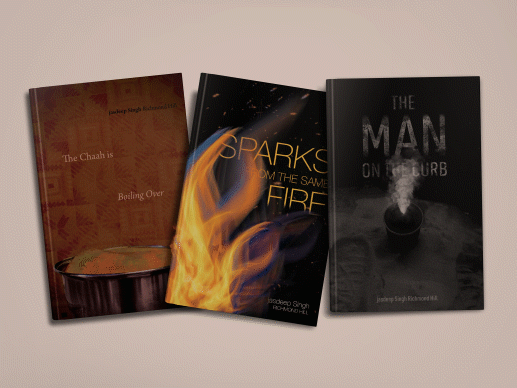THE GOAL
As a child of an immigrant who worked extremely hard to earn a living, I was able to learn about the hardships and successes immigrants went through in the process of migrating from a country that oppresses minorities, to a country that — at the time — alienated minorities.
Unfortunately, not everybody gets the opportunity to learn about these stories, which results in issues such as misrepresentation, racism and ungratefulness. To tackle this concern and shed light on the stories of diligent immigrants, I pursued the topic of Ontario’s Sikh history as my thesis topic in my Graphic Design capstone course at OCADU.
CHALLENGE #1 - WHERE DO I BEGIN?
Since my topic was very broad, I was having a difficulty figuring out where to begin. I was unsure of significant events that took place, where to find information on early Sikh incidents in Ontario and how to organize the information I was going to retrieve.
SOLUTION
First, I made a list of the information that I need: dates, incidents, narratives, names of people, and locations. Second, I brainstormed different resources that would provide me with such information. I noted organizations such as Statistics Canada, Census and Archives of Ontario. When I began searching the term "Sikh," an overwhelming amount of data appeared - it was very unexpected and presented me with my next challenge: how will I handle all this data? That is when I decided to cap the years of this project between 1960 and 1999, as those were the years when Sikh immigrants migrated to Ontario in masses.
Another piece of information that allowed me to develop a solution was researching means of communication in the era of study. Between 1960 and 1999, there was no social media, and television broadcast had just begun. When I realized that newspapers where the main outlets of mass communication, I turned to the Toronto Star and The Globe and Mail archives. These archives were a treasure, as all the items on my "information needed" list were checked.
Articles from Archives
CHALLENGE #2 - TOO MUCH DATA!
Although I got exactly what I needed from Toronto Star and The Globe and Mail archives, I was shocked to see that there were thousands of articles related to Sikhs in Ontario within my era of study. At first, I wanted to deliver this data through the form of a map, which provides a location pinpoint and corresponding information to the location. After much experimentation, the delivery was not successful due to the significant difference in how much space I had to work with, and the amount of content I wanted to deliver (view full process at bottom of page). So, I began organizing the news stories into sections such as: community events, discrimination, milestones, religious, and immigration. Organizing allowed me to prioritize events from each section; those are the events I began compiling into a book.
SOLUTION - THE BOOK
Indebted, the book, was designed to educate everybody about significant incidents experienced by Ontarian Sikhs — which holistically affect the entire province. This book follows a chronological timeline format, allowing everybody — whether you are a Sikh, a minority, an immigrant or somebody seeking to learn about Sikhs in Ontario — to understand our stories, regardless of how much prior knowledge you have.
Viewing statistics, historical documents, news and photo archives, and conducting a series of recorded interviews and conversations allowed the compilation of the rich stories in this book.
Preserving the stories of Ontarian Sikhs will ensure that future generations can also learn about our ancestors - whose hard work we are indebted to — and how hard they worked to settle in a province that we will forever be grateful for.
Of the 1600+ articles examined while researching for this project, approximately 150 are discussed in this edition of the book. This is only the beginning of a longer journey to preserve and document the stories and legacies of Sikhs in Ontario.



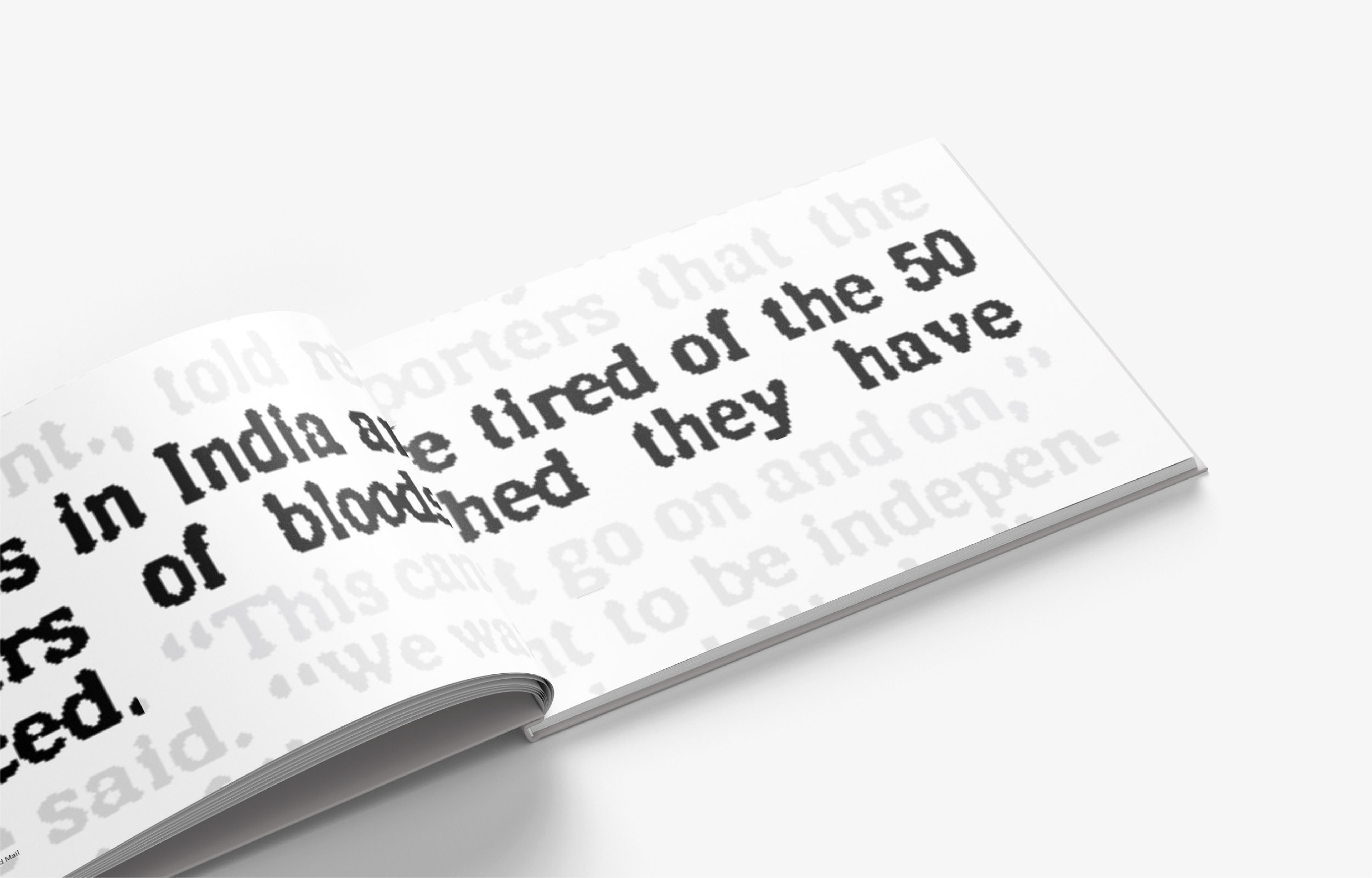
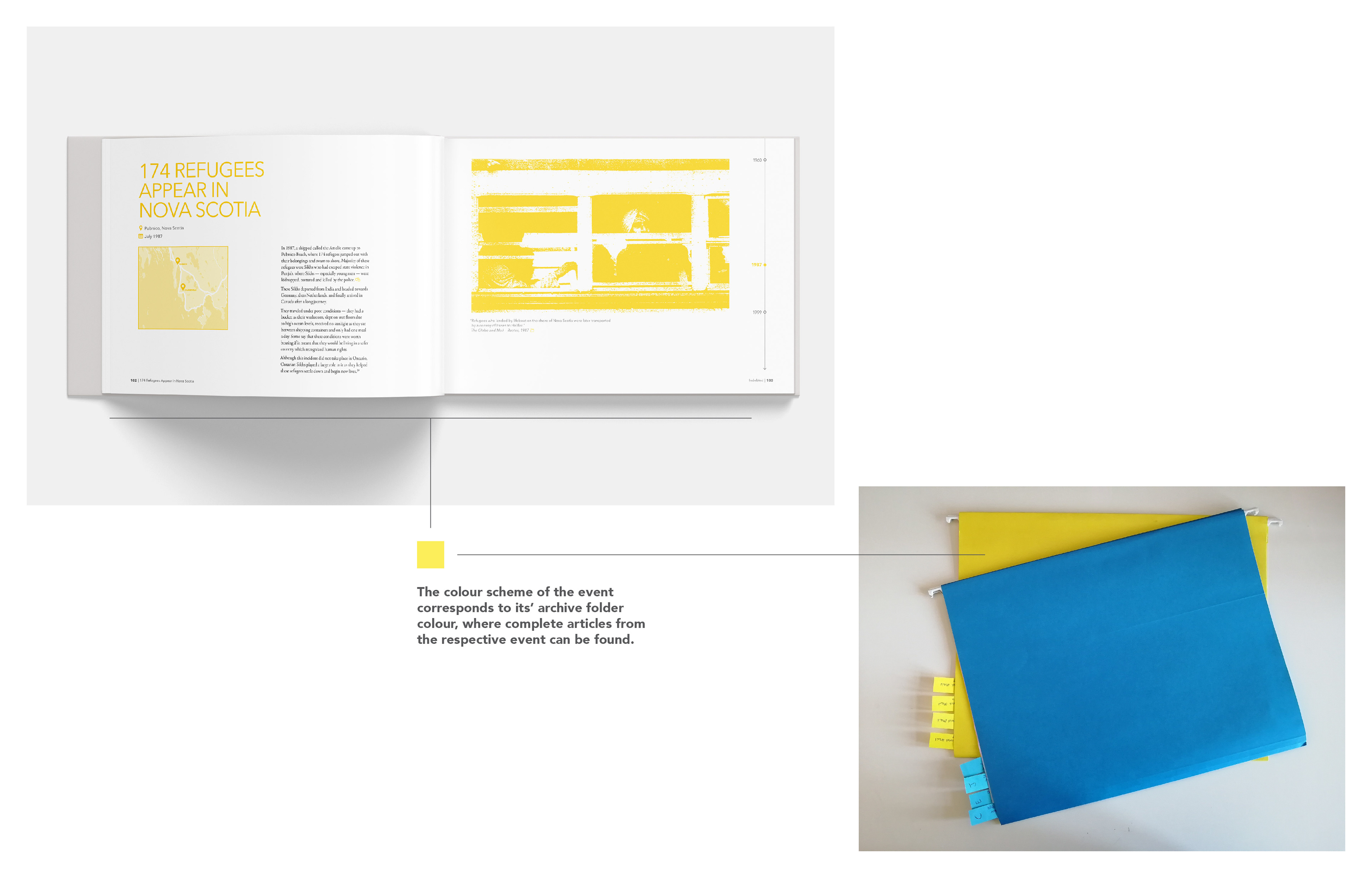
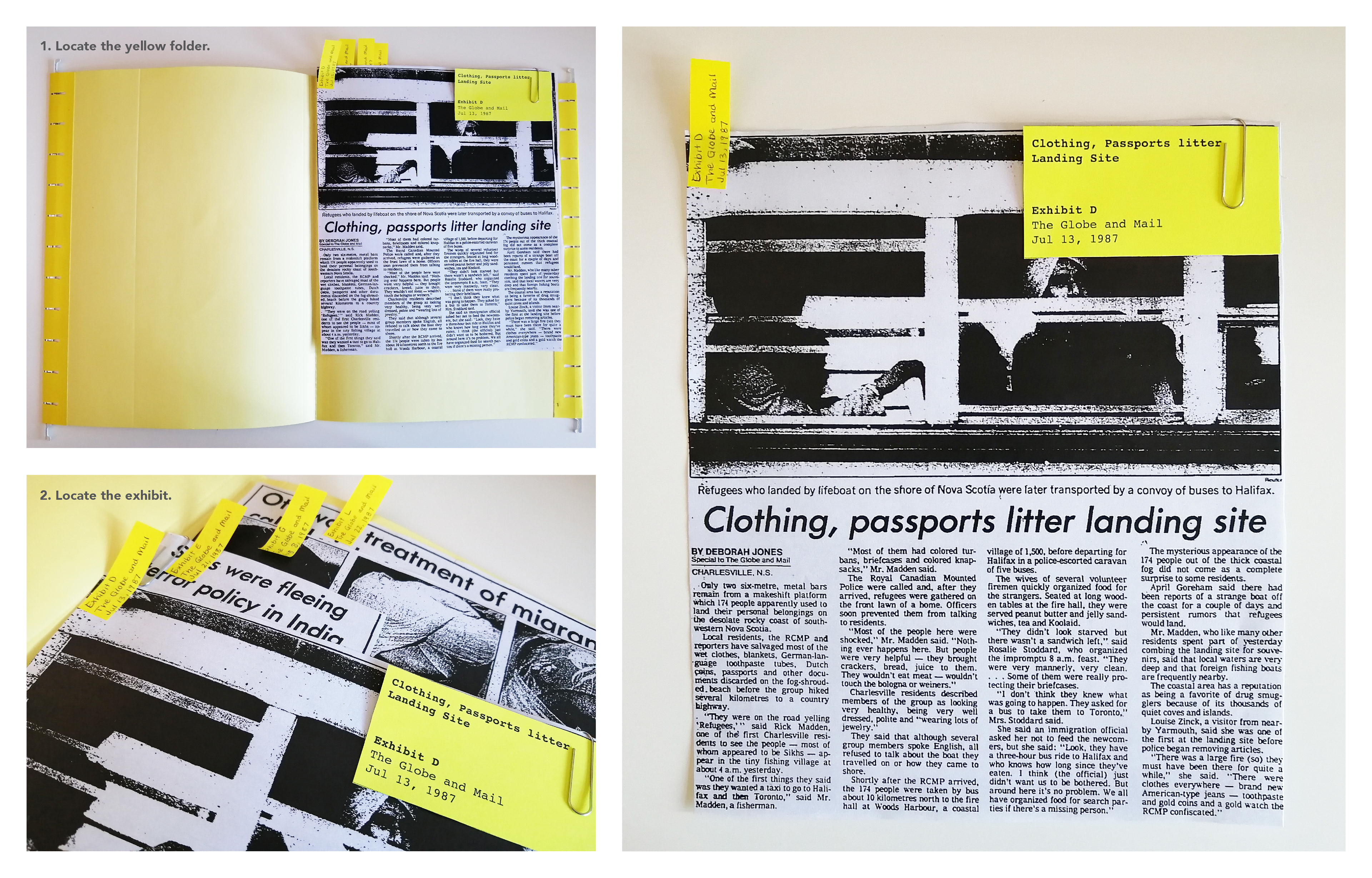

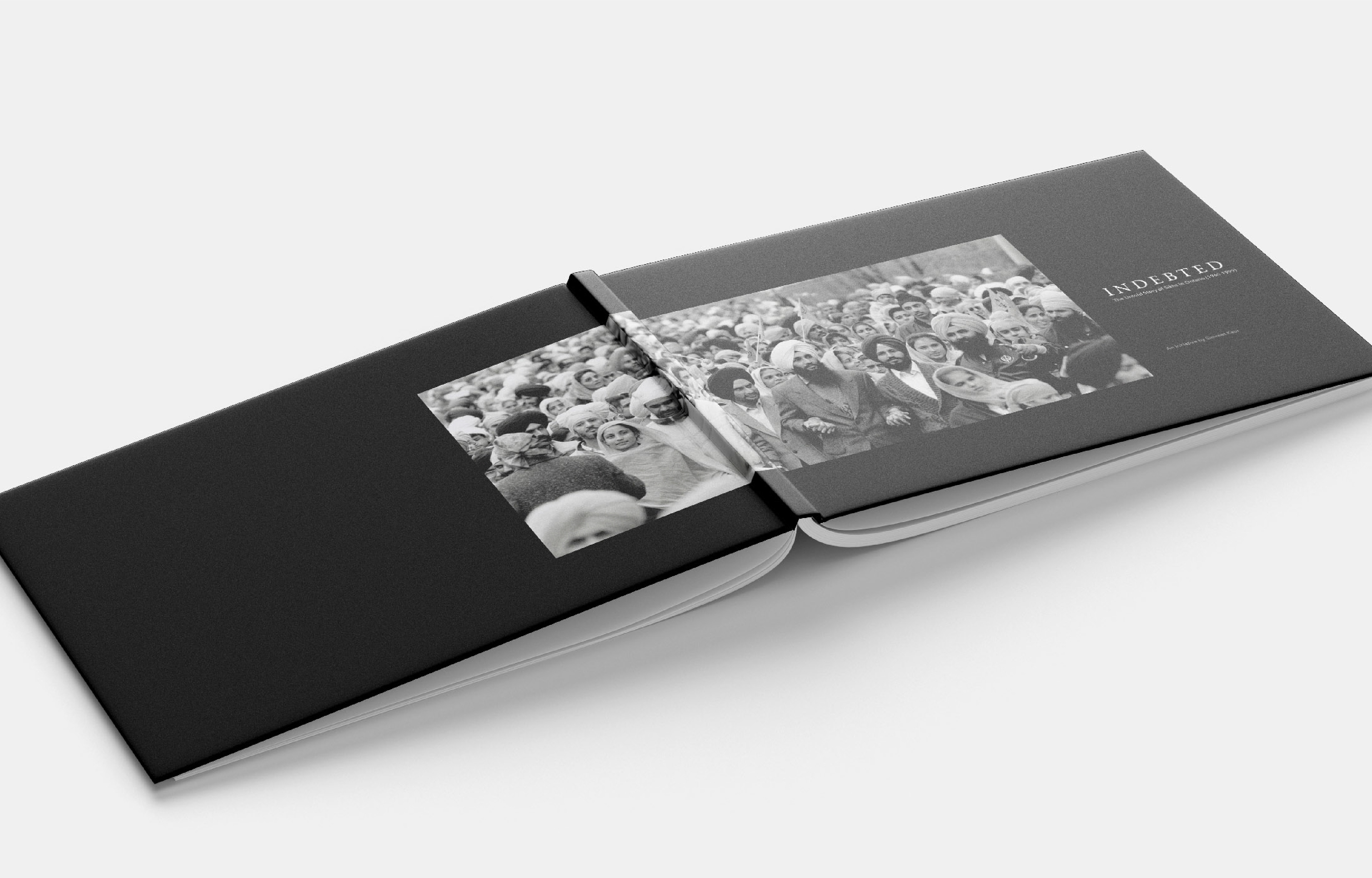
CHALLENGE #3 - OVERCOMING BIASES
While examining the news articles, I noticed that many of them were written from a perspective that was not very understanding of Sikhs. At a time where multiculturalism was not as embraced as it is today, there were a lot of misinterpretations related to racial minorities. The next challenge I had to overcome was to provide a first-hand immigrant perspective on their stories. This motivated me to produce a documentary, in which immigrants shared their stories. The process of creating this documentary was very delicate and intricate as I was handling rich personal narratives of significant people (view the full process at the bottom of this page).
SOLUTION - THE DOCUMENTARY
Indebted, the documentary, serves as an extension to the book. Upon completing base research of the topic, individuals who were involved in these historical ventures were contacted and interviewed, providing insight on firsthand experiences they faced when they settled onto this land. The early Sikhs in Ontario truly paved a path which made it easier for future Sikh generations to maintain their identity.
In this documentary, you will hear from Sikhs who migrated during different time periods and under different circumstances. However, they all had one thing in common — they longed for a better future. While some migrated in the early 60s and 70s, others migrated after the 1984 Sikh genocide, seeking refuge. Some worked various jobs, and others began their own businesses. You will also hear from Sikh youth born and raised in Ontario during the 1980s and learn about how they dealt with being a visible minority.
In this documentary, you will hear from Sikhs who migrated during different time periods and under different circumstances. However, they all had one thing in common — they longed for a better future. While some migrated in the early 60s and 70s, others migrated after the 1984 Sikh genocide, seeking refuge. Some worked various jobs, and others began their own businesses. You will also hear from Sikh youth born and raised in Ontario during the 1980s and learn about how they dealt with being a visible minority.
CHALLENGE #4 - GRADEX SET UP
Since I was handling a lot of delicate information and personal narratives, it was important for my Graduate Exhibit (GradEx) booth to convey the information without losing its value so that it doesn't go overlooked.
While discussing this challenge with my professor, she shared an image of a recent exhibition she attended. The exhibit was communicating the emotional experience of parents visiting their incarcerated juveniles in prison. The exhibition shared audio stories from both the perspectives of the parents and children. In order to activate the audio, the users were instructed to sit on stools in font of a long glass window, which also had stools on the opposite side. The users then placed their hand on the glass to activate the audio. This not only allowed them to listen the stories, but also experience them. Placing theirs hands on the glass represents the procedure that occurs in prison when communicating with visitors.
SOLUTION - READING ROOM & STEPPING INTO THEIR SHOES
The set up of the incarceration exhibition was very touching and inspired me to display my booth in a way that also emphasizes experience. I decided to create a mock archive that would allow visitors to go through the newspapers which correspond to the book in a format that makes them feel as if they are exploring archives in a reading room.
I also planned on setting up sensors in a pair of traditional Punjabi shoes, which played the documentary trailer on the screen. If visitors wanted to view the documentary trailer, they would have to step into the shoes of Sikh immigrants to hear their story.
Unfortunately, GradEx 105 was cancelled due to the Covid-19 pandemic and I was unable to proceed with this set up. However, I hope to recreate it at a later date, along with a screening of the documentary!
THE PROCESS
Several related works were referred to throughout this process of putting together both the book and the documentary, such as text books, history books, tour guides, maps, Sikh scriptures, along with documentaries about Sikhs, Ontario and immigration. Inspiration from different elements in these existing pieces resulted in a well-flowing, cohesive narrative for my project.The entire process of this project was compiled into a "process archive" as it fit well with my theme of history and exploring archives. A detailed compilation of the process can be found below.
